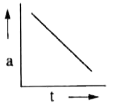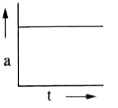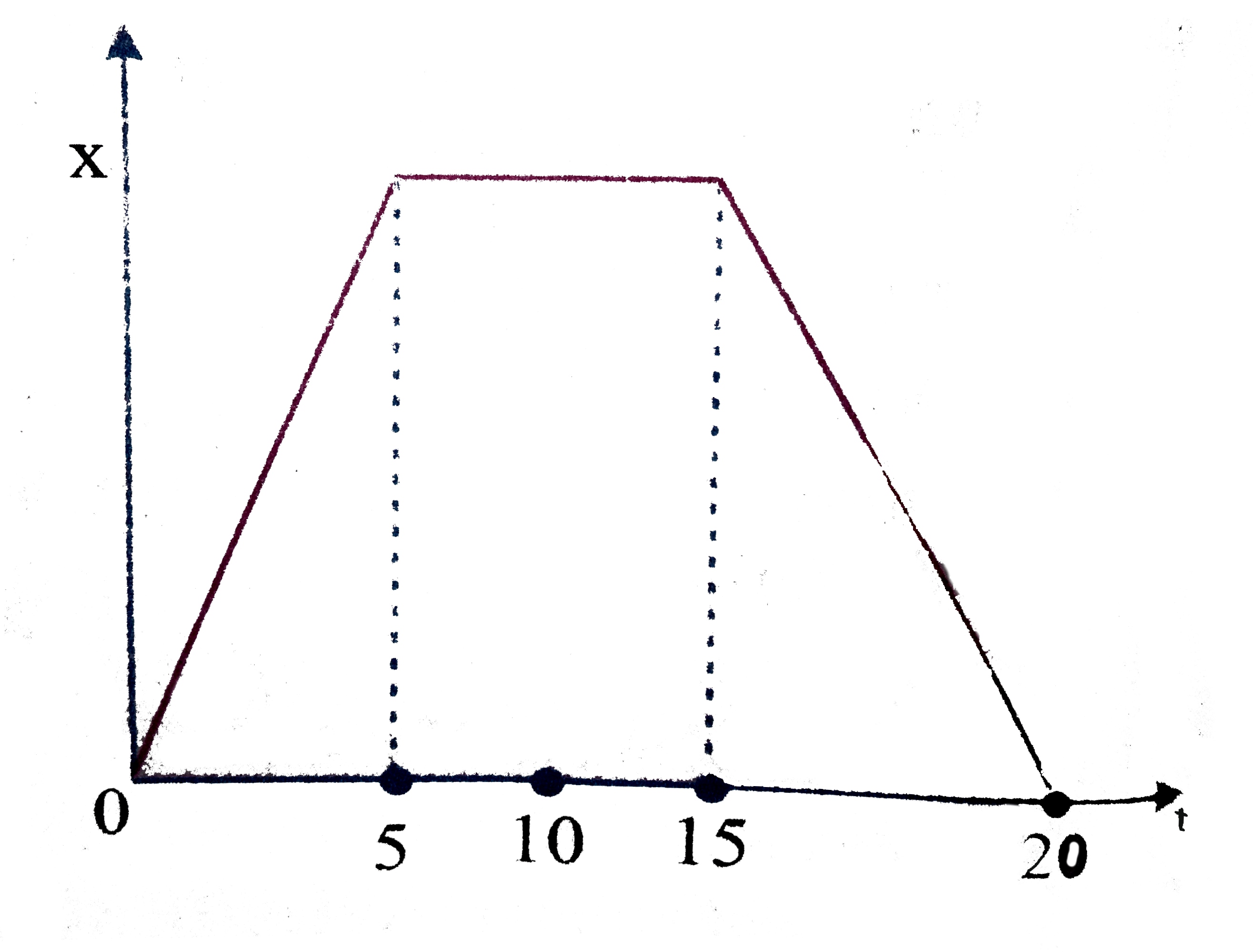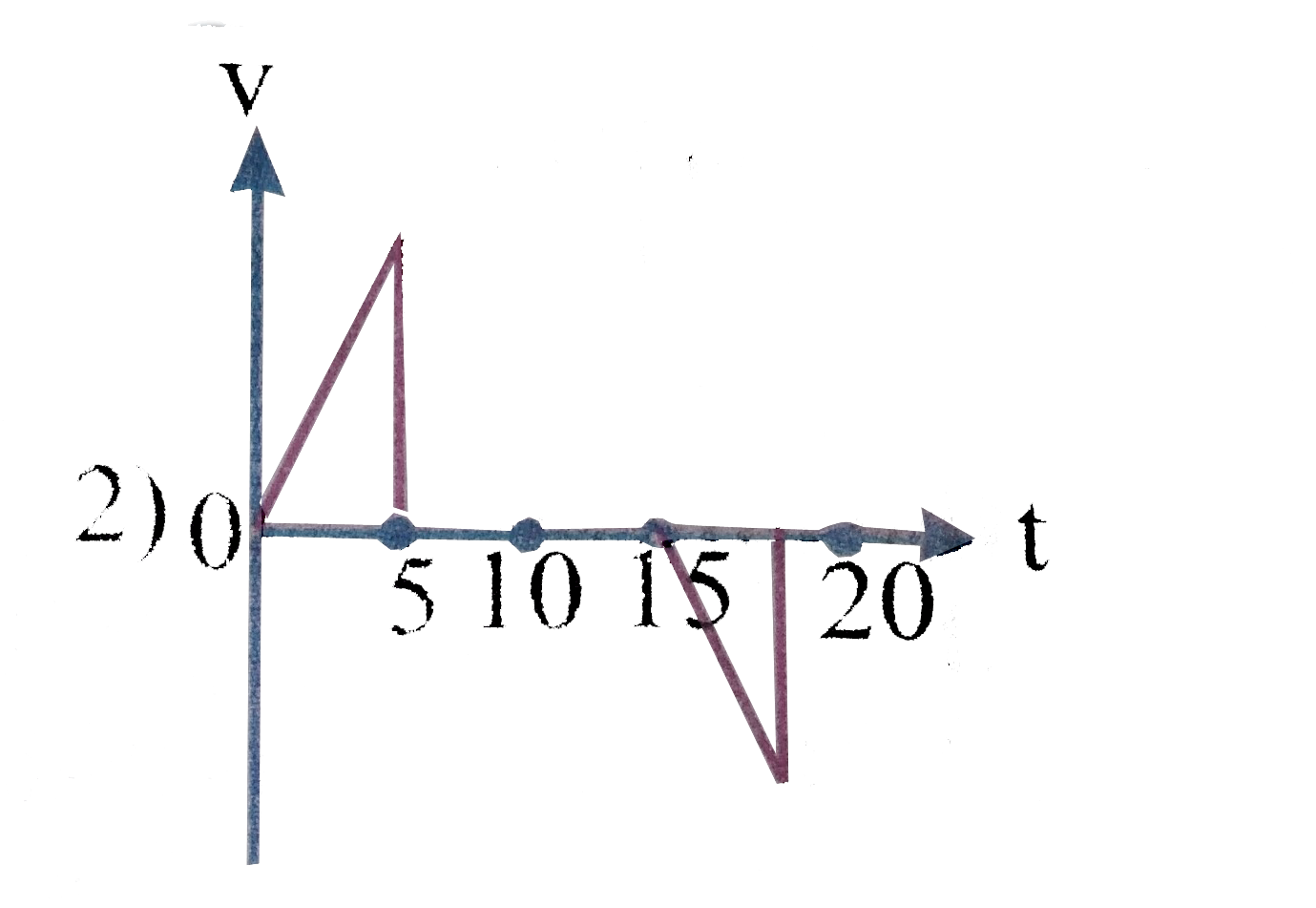The distance travelled by a body moving along a line in time t is proportional to t3 . The acceleration - time (a, t) graph for the motion of the body will be




The correct Answer is:A
Topper's Solved these Questions
- RIVISION EXERCISEBOOK - AAKASH SERIESCHAPTER - RIVISION EXERCISEEXERCISE - MOTION IN A PLANE (PARALLELOGRAM LAW, TRIANGLE LAW, POLYGON LAW)
14 Videos
- RIVISION EXERCISEBOOK - AAKASH SERIESCHAPTER - RIVISION EXERCISEEXERCISE - MOTION IN A PLANE (MOTION IN A PLANE)
20 Videos
- RIVISION EXERCISEBOOK - AAKASH SERIESCHAPTER - RIVISION EXERCISEEXERCISE - MOTION IN A STRAIGHT LINE (HORIZONTAL MOTION)
48 Videos
- RAY OPTICS BOOK - AAKASH SERIESCHAPTER - RAY OPTICS EXERCISE - EXERCISE III
64 Videos
- ROTATIONAL DYNAMICS BOOK - AAKASH SERIESCHAPTER - ROTATIONAL DYNAMICS EXERCISE - PRACTICE SHEET (ADVANCED) Integer Type Questions
7 Videos
Similar Questions
Knowledge Check
If the distance s travelled by a body in time t is given by s=at+bt2 then the acceleration equals
A2at3+2bB2st2C2b−2at3Dst2
Figure shows the displacement tiime (x-t) graph of a body moving in a straight line which one of the graph shown in figure represents the velocity- time (v-t) graph of the motion of the body.A B
B C
C D
D
If a rigid body is travelling distance in proportional to the square of time, then the acceleration of this rigid body is
AconstantBIncreasingCzeroDdecreasing
A body falls from same height and return back to initial position Draw displacement ˆs-time (t), distance (s) - time (t) and velocity ˆV-time (t), speed (v), time (t) and acceleration ˆa-time (t) graphs for the motion of the body
View SolutionThe distance -time graph of a body moving in a straight line is shown below. Draw the speed time graph of the motion of the body.

View SolutionThe displacement of a body is proportional to t3, where t is time elapsed. What is the nature of acceleration - time graph of the body?
View SolutionThe distance -time graph of a body moving in a straight line is shown below. Draw the speed time graph of the motion of the body.

View SolutionThe position of a body moving along x-axis at time t is given by x=(t2−4t+6)m. The distance travelled by body in time interval t = 0 to t = 3 s is
View Solution
